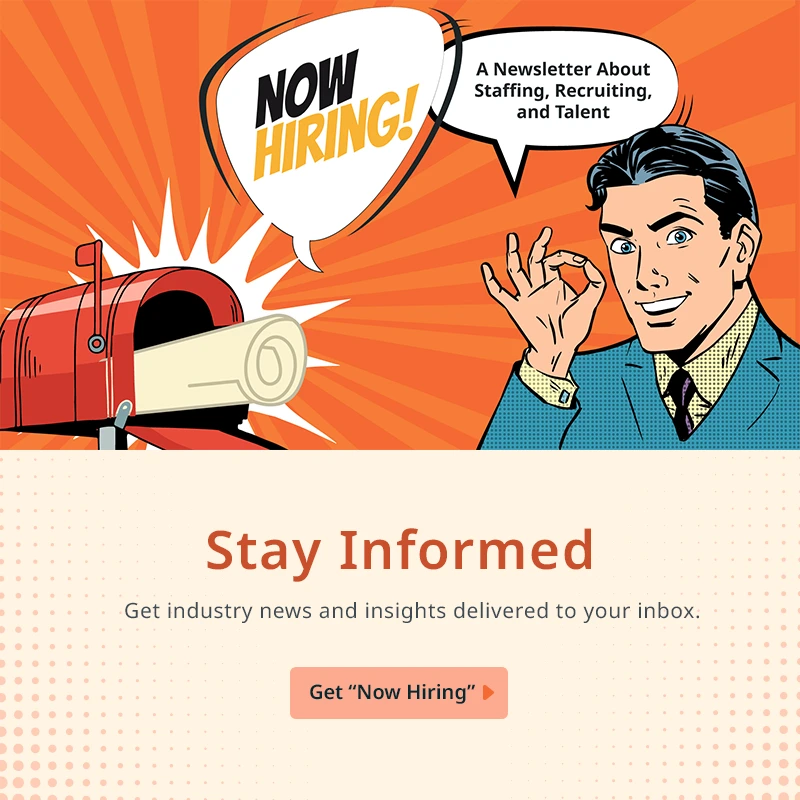The demand for tech talent is higher than ever. Digital transformation across industries has created a pressing need for skilled professionals to drive innovation and maintain a competitive advantage. Because of this growing demand and the learning curve associated with new technologies, companies are facing a significant talent shortage.
Research from the U.S. Bureau of Labor Statistics predicts that the shortage of available tech talent will reach 1.2 million by 2026 in the U.S. alone. In the U.K., similar trends are evident, with notable talent attrition impacting various sectors.
This challenge begs the question: are your hiring practices up to the task of bridging this talent gap?
Bridging the Talent Gap
During a recent webinar Ceipal hosted with APSCo, experts discussed the necessity for organizations to revisit and revamp their hiring strategies to better meet the evolving needs of the technology industry. Here are some key takeaways from that conversation.
Embracing Automation and Artificial Intelligence (AI) in Hiring
One of the major trends impacting the technology talent gap is the rise of automation and AI.
As these technologies become more integral to business operations, the need for people proficient in these areas has surged. However, many organizations still rely on traditional hiring practices that don’t adequately identify candidates with these critical skills. To address this, companies should consider leveraging AI-driven recruitment tools that can better match candidates to roles based on their skills and potential rather than their educational background or previous job titles.
This approach not only broadens the talent pool but also ensures that candidates are well-equipped to handle the technological advancements shaping the industry.
Upskilling and Reskilling the Workforce
The rapid pace of technological change means that even current employees need to adapt to new tools and methodologies to stay relevant.
Companies can bridge the talent gap by investing in continuous training and development programs aimed at upskilling and reskilling their workforce. For instance, providing training in emerging technologies, such as AI, machine learning, and cybersecurity, can empower employees to take on new challenges and advance their careers within the company.
This not only boosts employee engagement and retention but also helps create a more versatile and capable workforce.
Diversifying Talent Pools
To overcome the tech talent gap, organizations must also look beyond traditional talent pools. This means tapping into non-traditional candidates, such as career switchers, self-taught programmers, and individuals from underrepresented groups.
By diversifying the talent pipeline, companies can introduce fresh perspectives and a wider range of skills into their teams. Strategies to achieve this include partnering with educational institutions, offering internships and apprenticeships, and creating targeted outreach programs to attract diverse talent.
Rethinking Compensation and Benefits
In a competitive tech market, compensation remains a critical factor for attracting and retaining top talent.
However, offering higher salaries ins’t necessarily enough. Innovative companies are rethinking their pay structures to include performance-based incentives, stock options, and other benefits that align with employees’ long-term goals.
Additionally, providing flexible work arrangements and emphasizing work-life balance can make organizations more attractive to potential hires, especially in a post-pandemic world where these factors are increasingly valued.
Fostering a Culture of Engagement and Belonging
A company’s culture plays a crucial role in retaining employees and attracting new talent. Creating a culture of engagement and belonging can significantly reduce turnover and improve overall job satisfaction.
This involves fostering an inclusive environment where all employees feel valued and supported.
Companies can achieve this by promoting open communication, recognizing and rewarding employee contributions, and ensuring that leadership is approachable and empathetic.
Improving Candidate Experiences
Finally, providing exceptional candidate experiences provides an edge in today’s competitive job market.
From the initial application process to the final interview, every touchpoint should reflect the company’s values and commitment to its employees. Streamlining the recruitment process, providing timely feedback, and maintaining clear communication can greatly enhance the candidate experience and increase the likelihood of securing top talent.
Preparing for the Future
As digital transformation continues to accelerate, organizations must prepare their hiring practices to meet future demands.
This means staying ahead of industry trends, anticipating skills that will be in high demand, and continuously refining recruitment strategies to align with these needs.
By taking a proactive approach to hiring and workforce development, companies can better position themselves to bridge the technology talent gap and thrive in an increasingly digital world.
It’s time to modernize your hiring practices and ensure your company remains competitive in the ever-evolving technology sector.
Did you find this interesting? Visit our Resources for more insightful articles!







